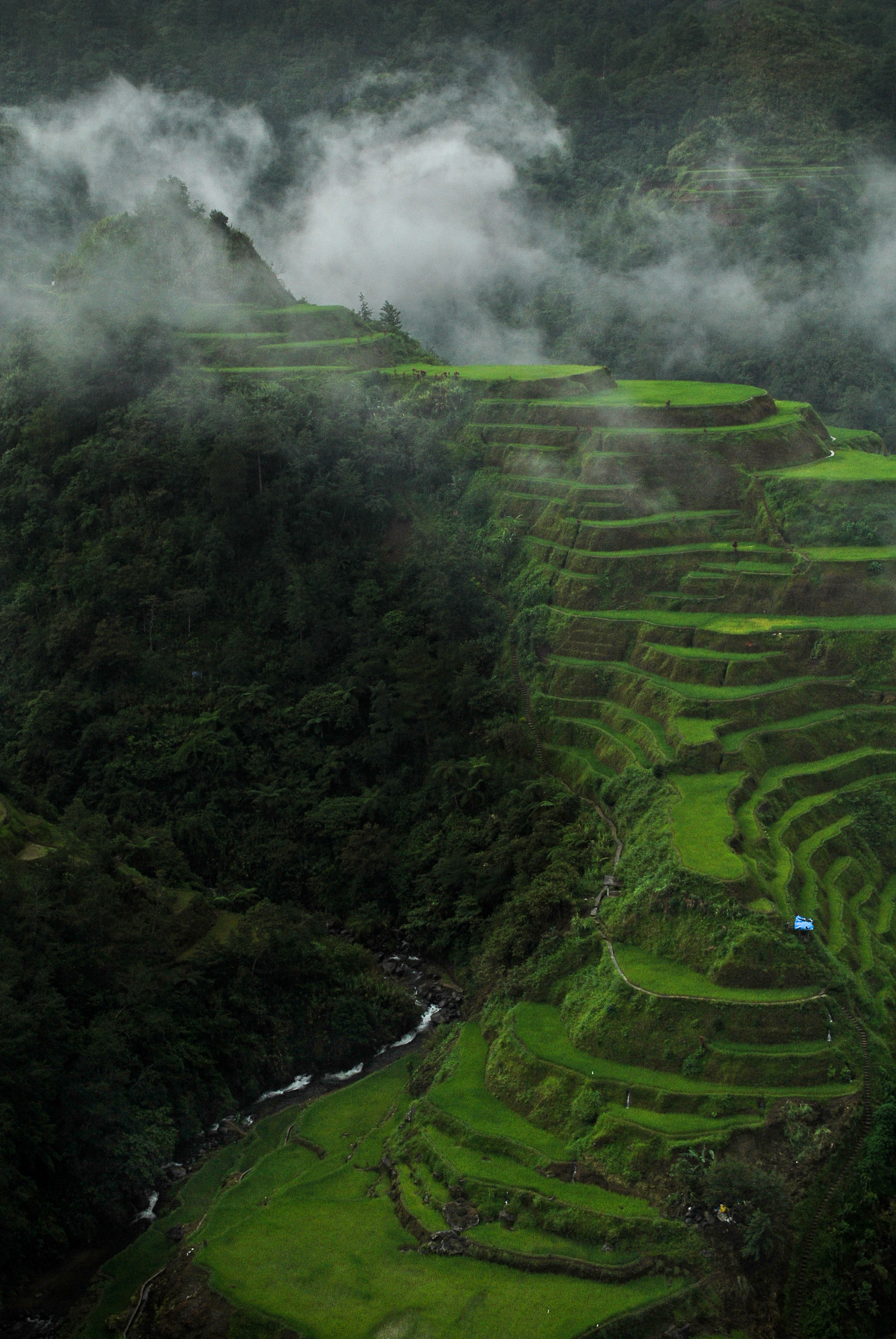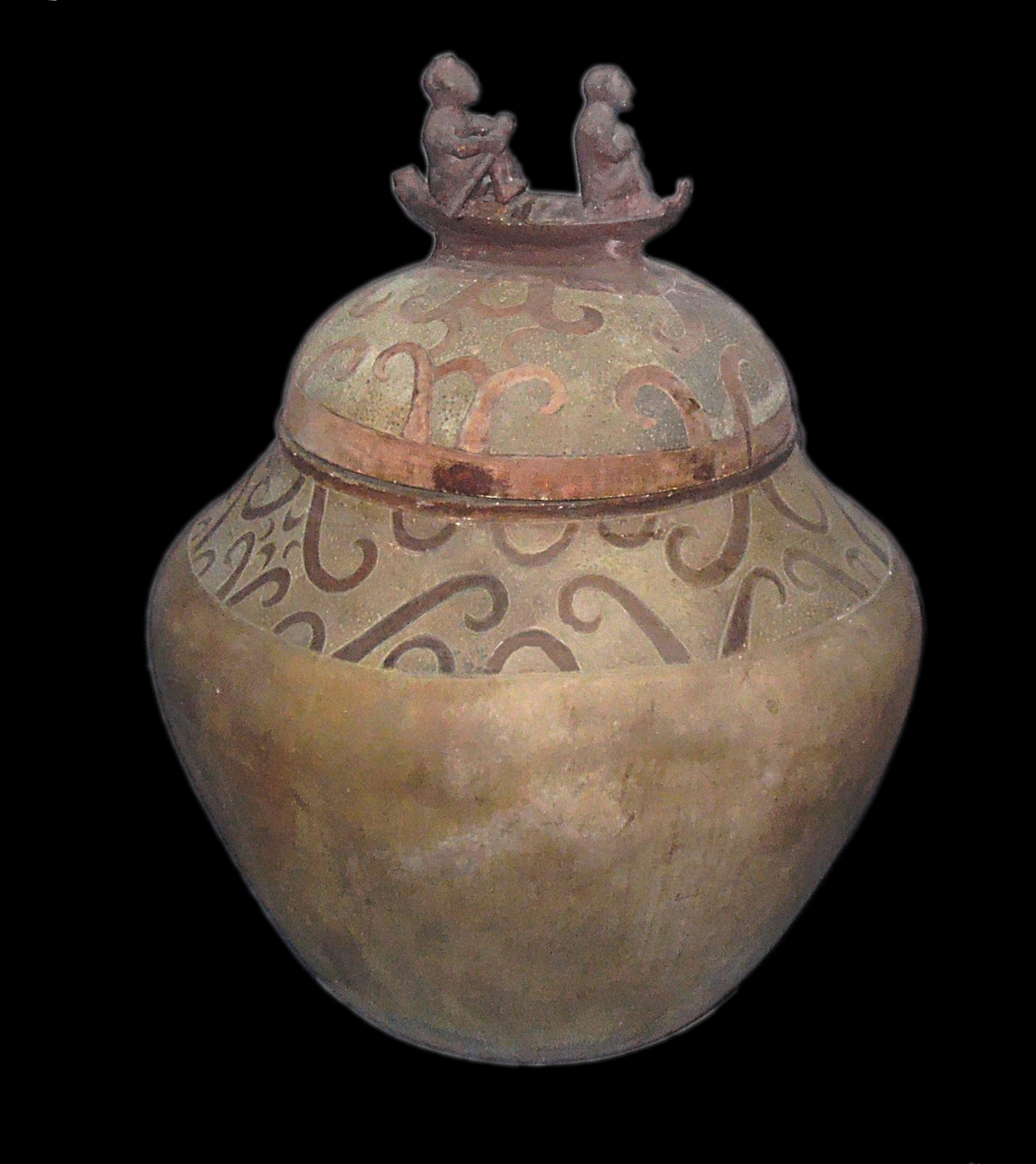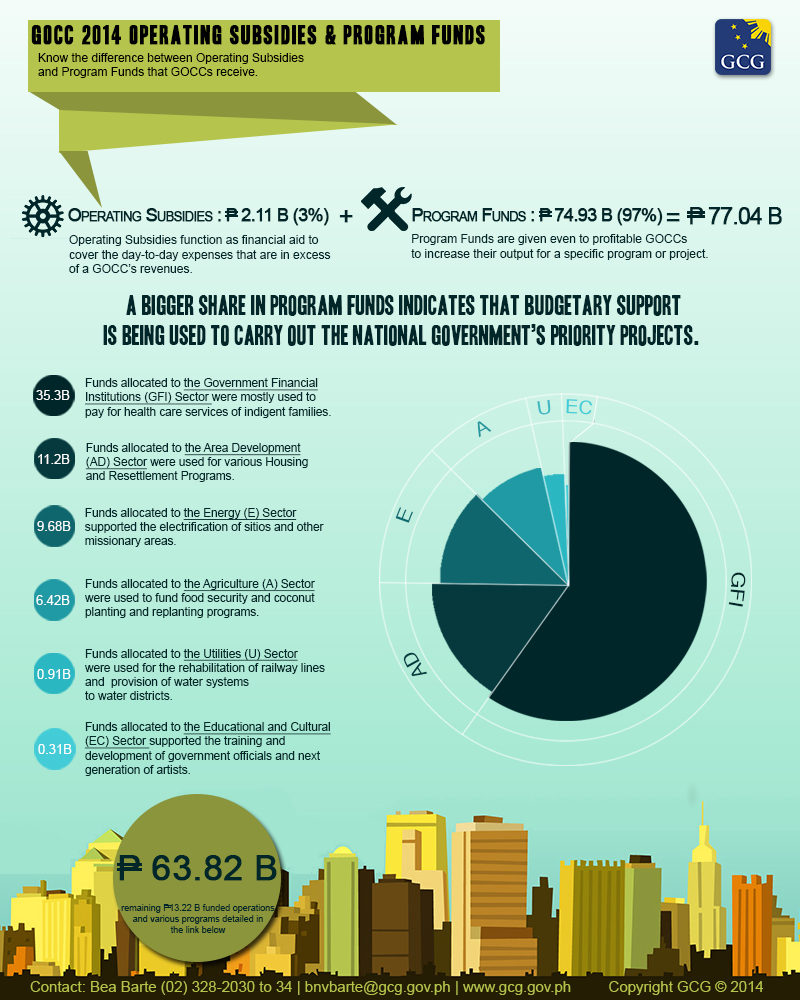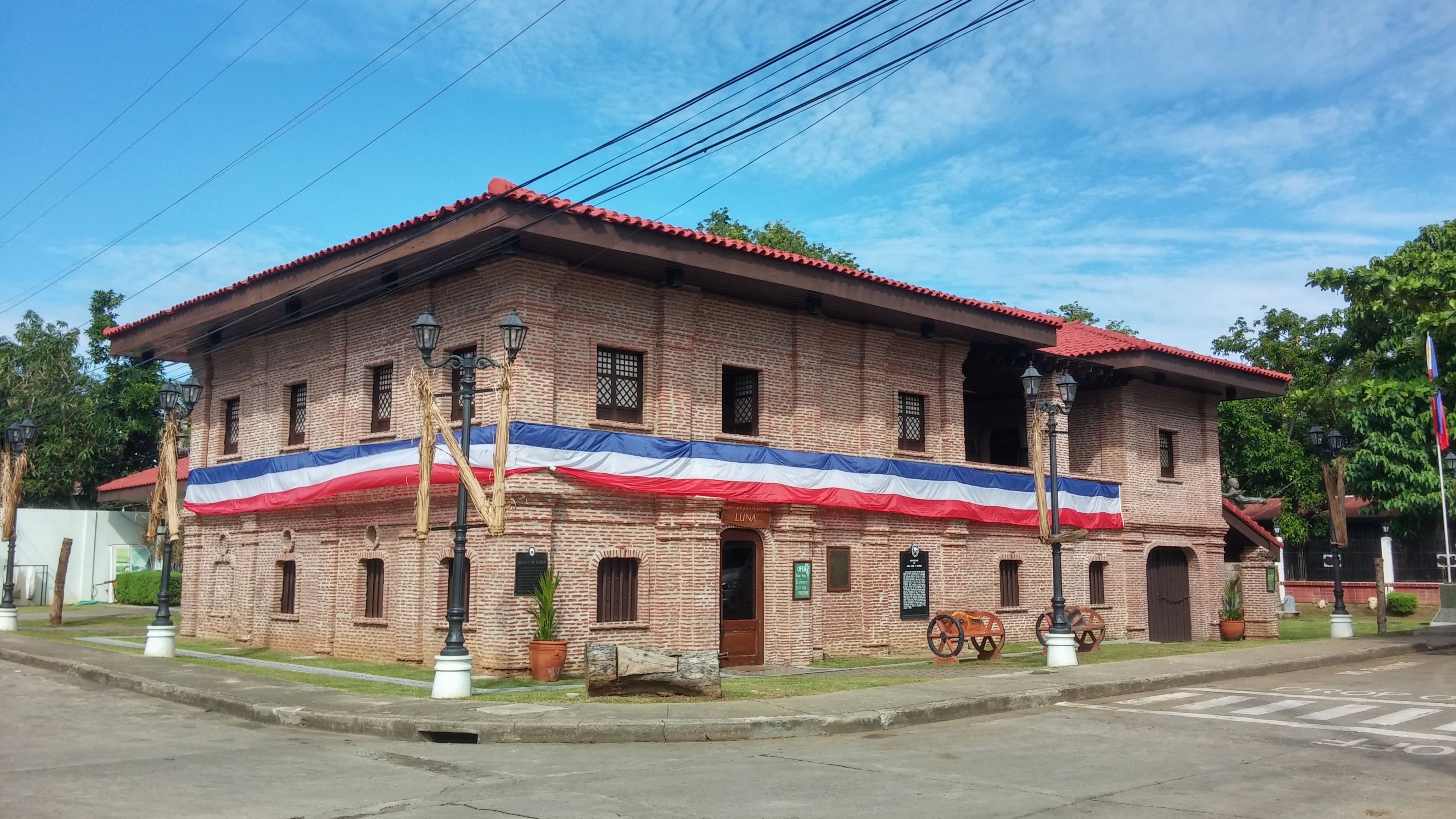|
National Cultural Heritage Act
The National Cultural Heritage Act, officially designated as Republic Act No. 10066, is a Philippine law that created the Philippine Registry of Cultural Property (PRECUP) and took other steps to preserve historic buildings that are over 50 years old. It was signed into law on March 25, 2009. It was passed in response to the 2000 demolition of the Manila Jai Alai Building. The Philippine Registry of Cultural Property registers all cultural properties of the country,Bonvito (2010-04-23"Text of the Philippine National Cultural Heritage Law". Time Traveling. Retrieved on 2010-10-26. which the National Commission for Culture and the Arts is mandated to establish and maintain through the appropriate cultural agencies and local governments. A house that has significant importance to the Filipino culture is declared to be a "Heritage House" by the National Historical Commission of the Philippines (NHCP), previously known as the National Historical Institute. Historical markers are plac ... [...More Info...] [...Related Items...] OR: [Wikipedia] [Google] [Baidu] |
Philippines
The Philippines (; fil, Pilipinas, links=no), officially the Republic of the Philippines ( fil, Republika ng Pilipinas, links=no), * bik, Republika kan Filipinas * ceb, Republika sa Pilipinas * cbk, República de Filipinas * hil, Republika sang Filipinas * ibg, Republika nat Filipinas * ilo, Republika ti Filipinas * ivv, Republika nu Filipinas * pam, Republika ning Filipinas * krj, Republika kang Pilipinas * mdh, Republika nu Pilipinas * mrw, Republika a Pilipinas * pag, Republika na Filipinas * xsb, Republika nin Pilipinas * sgd, Republika nan Pilipinas * tgl, Republika ng Pilipinas * tsg, Republika sin Pilipinas * war, Republika han Pilipinas * yka, Republika si Pilipinas In the recognized optional languages of the Philippines: * es, República de las Filipinas * ar, جمهورية الفلبين, Jumhūriyyat al-Filibbīn is an archipelagic country in Southeast Asia. It is situated in the western Pacific Ocean and consists of around 7,641 islands t ... [...More Info...] [...Related Items...] OR: [Wikipedia] [Google] [Baidu] |
Cavite
Cavite, officially the Province of Cavite ( tl, Lalawigan ng Kabite; Chavacano: ''Provincia de Cavite''), is a province in the Philippines located in the Calabarzon region in Luzon. Located on the southern shores of Manila Bay and southwest of Manila, it is one of the most industrialized and fastest-growing provinces in the Philippines. As of 2020, it has a population of 4,344,829, making it the most populated province in the country if the independent cities of Cebu are excluded from Cebu's population figure. The ''de facto'' capital and seat of the government of the province is Trece Martires, although Imus is the official (''de jure'') capital while the City of Dasmariñas is the largest city in the province. For over 300 years, the province played an important role in both the country's colonial past and eventual fight for independence, earning it the title "Historical Capital of the Philippines". It became the cradle of the Philippine Revolution, which led to the r ... [...More Info...] [...Related Items...] OR: [Wikipedia] [Google] [Baidu] |
Philippine Legislation
The Philippines (; fil, Pilipinas, links=no), officially the Republic of the Philippines ( fil, Republika ng Pilipinas, links=no), * bik, Republika kan Filipinas * ceb, Republika sa Pilipinas * cbk, República de Filipinas * hil, Republika sang Filipinas * ibg, Republika nat Filipinas * ilo, Republika ti Filipinas * ivv, Republika nu Filipinas * pam, Republika ning Filipinas * krj, Republika kang Pilipinas * mdh, Republika nu Pilipinas * mrw, Republika a Pilipinas * pag, Republika na Filipinas * xsb, Republika nin Pilipinas * sgd, Republika nan Pilipinas * tgl, Republika ng Pilipinas * tsg, Republika sin Pilipinas * war, Republika han Pilipinas * yka, Republika si Pilipinas In the recognized optional languages of the Philippines: * es, República de las Filipinas * ar, جمهورية الفلبين, Jumhūriyyat al-Filibbīn is an archipelagic country in Southeast Asia. It is situated in the western Pacific Ocean and consists of around 7,641 islands t ... [...More Info...] [...Related Items...] OR: [Wikipedia] [Google] [Baidu] |
Suyat
Suyat (''Baybayin:'' , '' Hanunó'o:'' , '' Buhid:'' , '' Tagbanwa:'' , '' Modern Kulitan:'' '' Jawi (Arabic):'' ) is the modern collective name of the indigenous scripts of various ethnolinguistic groups in the Philippines prior to Spanish colonization in the 16th century up to the independence era in the 21st century. The scripts are highly varied; nonetheless, the term was suggested and used by cultural organizations in the Philippines to denote a unified neutral terminology for Philippine indigenous scripts. Ancient Philippine scripts Ancient Philippine scripts are various writing systems that developed and flourished in the Philippines around 300 BC. These scripts are related to other Southeast Asian systems of writing that developed from South Indian Brahmi scripts used in Asoka Inscriptions and Pallava Grantha, a type of writing used in the writing of palm leaf books called ''Grantha script'' during the ascendancy of the Pallava dynasty about the 5th century, [...More Info...] [...Related Items...] OR: [Wikipedia] [Google] [Baidu] |
Ancestral Houses Of The Philippines
Ancestral houses of the Philippines or Heritage Houses are homes owned and preserved by the same family for several generations as part of the Filipino family culture. It corresponds to long tradition by Filipino people of venerating Ancestors and Elders. Houses could be a simple house to a mansion. The most common ones are the "Bahay na Bato". Some houses of prominent families had become points of interest or museums in their community because of its cultural, architectural or historical significance. These houses that are deemed of significant importance to the Filipino culture are declared Heritage House by the National Historical Commission of the Philippines (NHCP), previously known as the National Historical Institute (NHI) of the Philippines. Preservation is of utmost importance as some ancestral houses have come into danger due to business people who buy old houses in the provinces, dismantle them then sell the parts as ancestral building materials for homeowners wishin ... [...More Info...] [...Related Items...] OR: [Wikipedia] [Google] [Baidu] |
List Of Cultural Properties Of The Philippines
These lists contain an overview of the government recognized cultural properties in the Philippines. The lists are based on the official lists provided by the National Commission for Culture and the Arts, National Historical Commission of the Philippines, and the National Museum of the Philippines. The lists have been subdivided per region. Cultural sites by region *List of Cultural Properties of the Philippines in Metro Manila *List of Cultural Properties of the Philippines in the Cordillera Administrative Region *List of Cultural Properties of the Philippines in the Ilocos Region *List of Cultural Properties of the Philippines in Cagayan Valley *List of Cultural Properties of the Philippines in Central Luzon *List of Cultural Properties of the Philippines in Calabarzon *List of Cultural Properties of the Philippines in Mimaropa * List of Cultural Properties of the Philippines in the Bicol Region *List of Cultural Properties of the Philippines in Western Visayas *List of Cul ... [...More Info...] [...Related Items...] OR: [Wikipedia] [Google] [Baidu] |
List Of Historical Markers Of The Philippines
A ''list'' is any set of items in a row. List or lists may also refer to: People * List (surname) Organizations * List College, an undergraduate division of the Jewish Theological Seminary of America * SC Germania List, German rugby union club Other uses * Angle of list, the leaning to either port or starboard of a ship * List (information), an ordered collection of pieces of information ** List (abstract data type), a method to organize data in computer science * List on Sylt, previously called List, the northernmost village in Germany, on the island of Sylt * ''List'', an alternative term for ''roll'' in flight dynamics * To ''list'' a building, etc., in the UK it means to designate it a listed building that may not be altered without permission * Lists (jousting), the barriers used to designate the tournament area where medieval knights jousted * ''The Book of Lists'', an American series of books with unusual lists See also * The List (other) * Listing ( ... [...More Info...] [...Related Items...] OR: [Wikipedia] [Google] [Baidu] |
List Of National Cultural Treasures In The Philippines
The National Cultural Treasures declarations are authorized under the National Heritage Act of 2009 and recognized within the Cultural Properties of the Philippines by the Philippine government. The list includes all declared National Cultural Treasures of the Philippines, including tangible and intangible heritage. Currently, out of the 106 National Cultural Treasures, only three are intangible. The declarations are made by the National Commission for Culture and the Arts and other cultural agencies such as the National Museum of the Philippines, National Library of the Philippines, and National Archives of the Philippines. Any Filipino institution or person can nominate a cultural property for a National Cultural Treasure declaration, whether the property is private or public. If the property is private, the ownership of the property is retained by the private owner and shall not be transferred to the government. As of May 2018, 75 national cultural treasures are housed in L ... [...More Info...] [...Related Items...] OR: [Wikipedia] [Google] [Baidu] |
Government Owned And Controlled Corporation
In the Philippines, a government-owned and controlled corporation (GOCC), sometimes with an "and/or", is a state-owned enterprise that conducts both commercial and non-commercial activity. Examples of the latter would be the Government Service Insurance System (GSIS), a social security system for government employees. There are over 200 GOCCs as of 2020. GOCCs both receive subsidies and pay dividends to the national government. Under the GOCC Governance Act (Republic Act No. 10149; Government Owned and Controlled Corporations (GOCC) Governance Act of 2011), GOCCs are overseen by the Governance Commission for Government-Owned or Controlled Corporations (GCG). The Governance Commission is the "government's central advisory and oversight body over the public corporate sector" according to the Official Gazette of the Philippine government. The Governance Commission among other duties prepares for the president of the Philippines a shortlist of candidates for appointment by the presid ... [...More Info...] [...Related Items...] OR: [Wikipedia] [Google] [Baidu] |
Ilocos Norte
Ilocos Norte, officially the Province of Ilocos Norte ( ilo, Probinsia ti Ilocos Norte; tl, Lalawigan ng Ilocos Norte), is a province of the Philippines located in the Ilocos Region. Its capital is Laoag City, located in the northwest corner of Luzon Island, bordering Cagayan and Apayao to the east, and Abra to the southeast, and Ilocos Sur to the southwest. Ilocos Norte faces the West Philippine Sea to the west and the Luzon Strait to the north. Ilocos Norte is noted for its distinctive geography and culture. This includes numerous examples of well-preserved Spanish colonial era architecture, particularly Saint William's Cathedral in Laoag with its sinking bell tower done in the Earthquake Baroque style, the St. Augustine Church in Paoay which is one of UNESCO's World Heritage Sites in the Philippines and the Cape Bojeador Lighthouse. Famous geographical features include the La Paz Sand Dunes, the beaches of Pagudpud, and the eroded calcarenite Kapurpurawan rock formation ... [...More Info...] [...Related Items...] OR: [Wikipedia] [Google] [Baidu] |
Badoc, Ilocos Norte
Badoc, officially the Municipality of Badoc ( ilo, Ili ti Badoc; tl, Bayan ng Badoc), is a 3rd class municipality in the province of Ilocos Norte, Philippines. According to the 2020 census, it has a population of 32,530 people. It is the birthplace of Filipino painter, Juan Luna. The tourist spots in this town are Luna Shrine, Luna Park, Badoc Island, Badoc Church and La Virgin Milagrosa Shrine and beautiful beaches. Geography Badoc is from Metro Manila and from Laoag City, the provincial capital. Barangays Badoc is politically subdivided into 31 barangays. These barangays are headed by elected officials: Barangay Captain, Barangay Council, whose members are called Barangay Councilors. All are elected every three years. Climate Demographics In the 2020 census, the population of Badoc was 32,530 people, with a density of . Economy Places of interest La Virgen Milagrosa Badoc houses the Sanctuary of the Miraculous Statue of the Blessed Virgin Mary, the La Virgen ... [...More Info...] [...Related Items...] OR: [Wikipedia] [Google] [Baidu] |
Juan Luna
Juan Luna de San Pedro y Novicio Ancheta (, ; October 23, 1857 – December 7, 1899) was a Filipino painter, sculptor and a political activist of the Philippine Revolution during the late 19th century. He became one of the first recognized Philippine artists. His winning the gold medal in the 1884 Madrid Exposition of Fine Arts, along with the silver win of fellow Filipino painter Félix Resurrección Hidalgo, prompted a celebration which was a major highlight in the memoirs of members of the Propaganda Movement, with the fellow ''Ilustrados'' toasting to the two painters' good health and to the brotherhood between Spain and the Philippines. Regarded for work done in the manner of European academies of his time, Luna painted literary and historical scenes, some with an underscore of political commentary. His allegorical works were inspired with classical balance, and often showed figures in theatrical poses. Biography Early life Born in the town of Badoc, Ilocos Norte ... [...More Info...] [...Related Items...] OR: [Wikipedia] [Google] [Baidu] |







